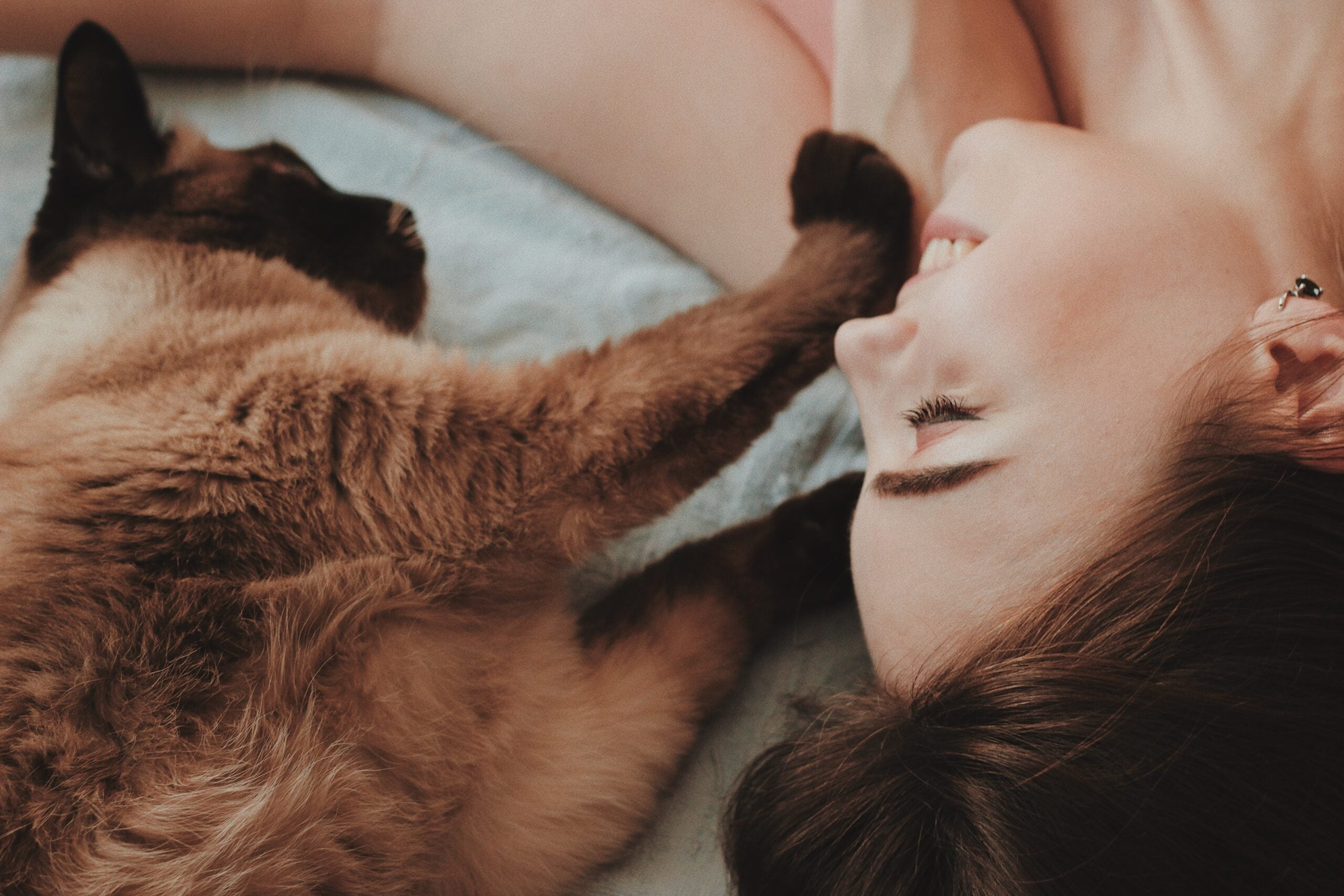Is your ever enigmatic clingy cat perplexes you? In the mysterious world of feline behavior, where cats are often hailed as the epitome of independence, a curious paradox emerges.
Amidst the ranks of self-sufficient felines, there are those extraordinary companions who defy conventions – the ones who declare themselves your constant companions, your shadow in both daylight and moonlight.
If you’ve ever found yourself mystified by the enigma of your clingy cat, you’re far from alone.
Let’s embark on a captivating journey, peeling back the layers of their affectionate tendencies and shedding light on the captivating reasons behind their behavior.
Get ready to unravel the story of your clingy cat like never before and discover the secrets to nurturing a relationship that thrives on harmony.
Understanding Clingy Cat Behavior: Cats and Their Bonding Quest
At first glance, the idea of a clingy cat might seem at odds with the image of aloof independence that felines are known for. Yet, beneath those glossy coats and watchful eyes beats the heart of a social creature yearning for companionship.
Much like their canine counterparts, cats possess an extraordinary capacity to weave deep emotional bonds with their human caregivers.
Imagine an invisible thread that ties you and your feline friend together, fueled by attachment – a powerful force that draws them to your side in search of comfort, security, and a connection that transcends words.
Attachment and Social Nature: The Unseen Bonds
Peel away the layers of detachment, and you’ll uncover a truth cherished by devoted cat lovers: felines are social creatures yearning for companionship. The world of cats extends beyond solitary prowls and mysterious nighttime escapades.
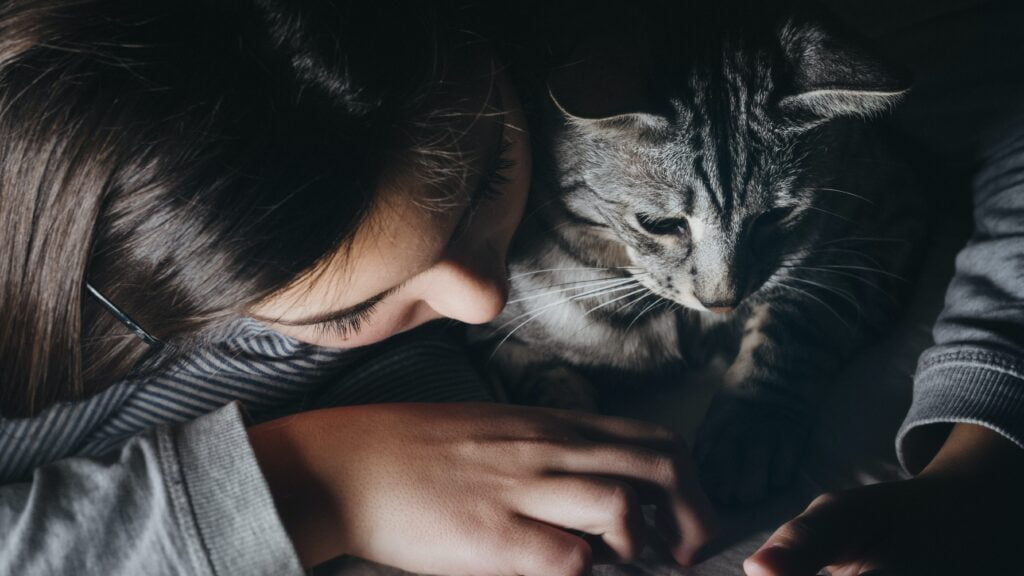
In fact, these creatures, so often depicted as enigmatic loners, hold the power to forge profound bonds akin to those celebrated between humans and their canine companions.
Their attachment to you, their trusted guardian, prompts them to seek solace, warmth, and a sense of belonging in your presence. Clinginess, it seems, isn’t a sign of neediness, but rather a testament to the strength of their emotional connection.
Health and Comfort: Unmasking the Subtle Signals
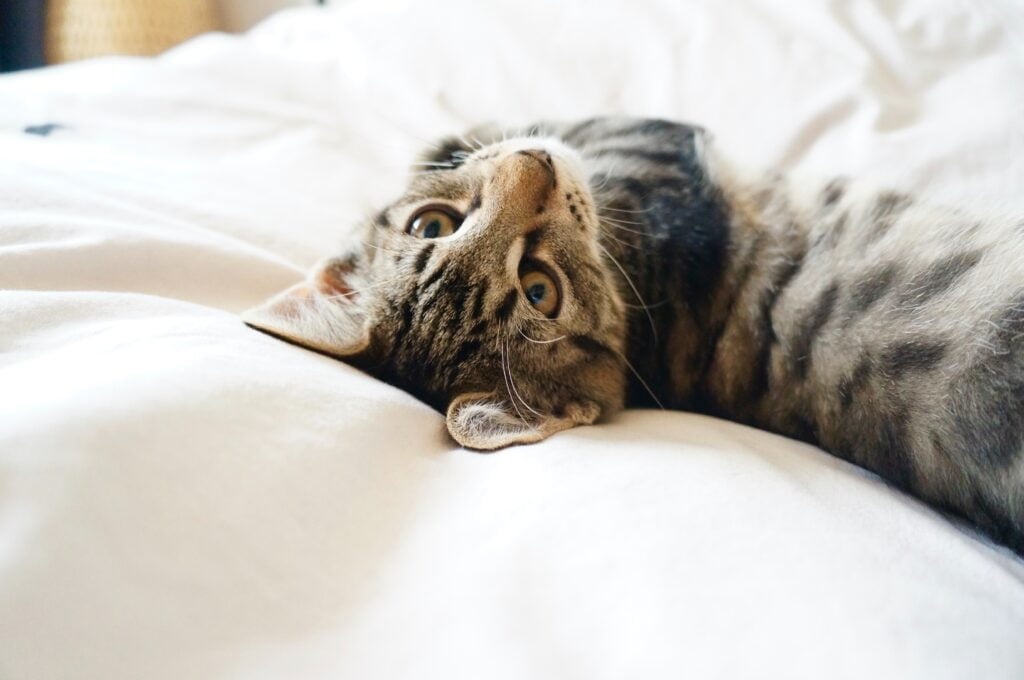
Picture this: your usually independent cat becomes your steadfast shadow, perpetually seeking solace in your presence. Could there be more to this behavior than meets the eye? Absolutely.
Cats, those adept masters at masking their discomfort, might use clinginess as a way to communicate when they’re not feeling their best. A sudden upswing in clinginess could be their attempt to find relief from an underlying health issue.
As vigilant caregivers, it’s essential to decode these subtle signals, closely monitor their behavior, and consider the guidance of veterinary professionals if this behavior persists.
Routine and Familiarity: Anchors Amidst Change
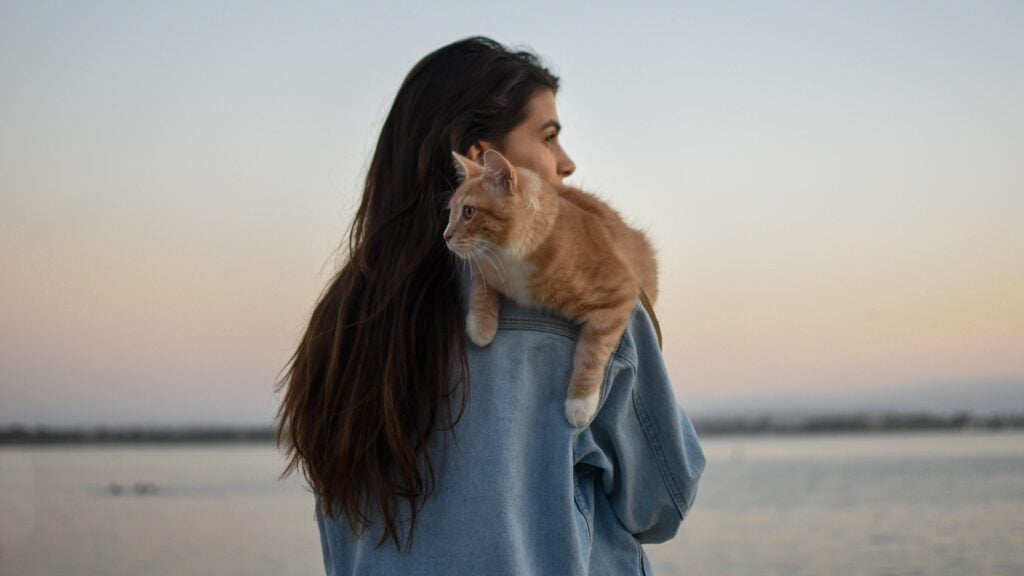
In the symphony of a cat’s life, routine plays the role of soothing background music. Their keen sense of familiarity offers comfort, predictability, and a sense of control.
However, life’s inevitable changes can disrupt this harmony, triggering clingy behavior. Imagine a move to a new abode or the introduction of a new four-legged family member – these transitions can be disconcerting for even the most confident cats.
Clinginess emerges as a life vest, a way for them to navigate the tides of uncertainty by seeking the steadying presence of their human anchor.
Attention and Affection: The Dance of Intimacy
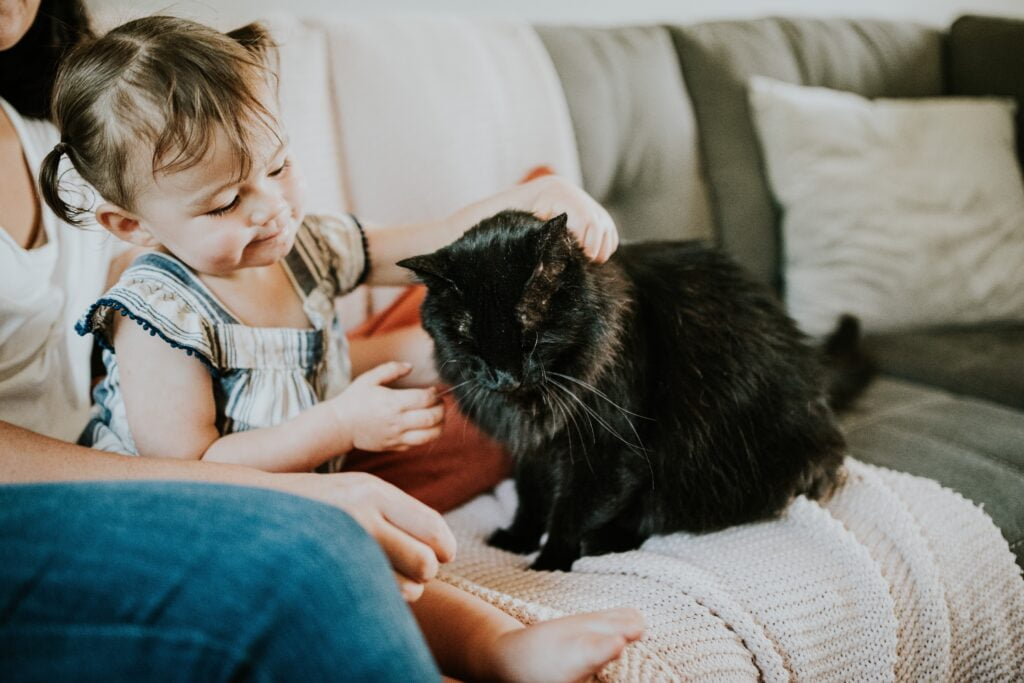
The tango between attention and affection is at the heart of every clingy cat’s performance. Cats are astute learners, quickly deciphering the connection between lavishing their owners with affection and garnering their desired outcome – undivided attention.
This elegant dance of give and take is what nourishes their clingy behavior. By showering you with devotion and demanding your focus, they’re simply playing their part in a delightful duet that cements their place at the center of your world.
When Anxiety Strikes: Tales of Separation Anxiety
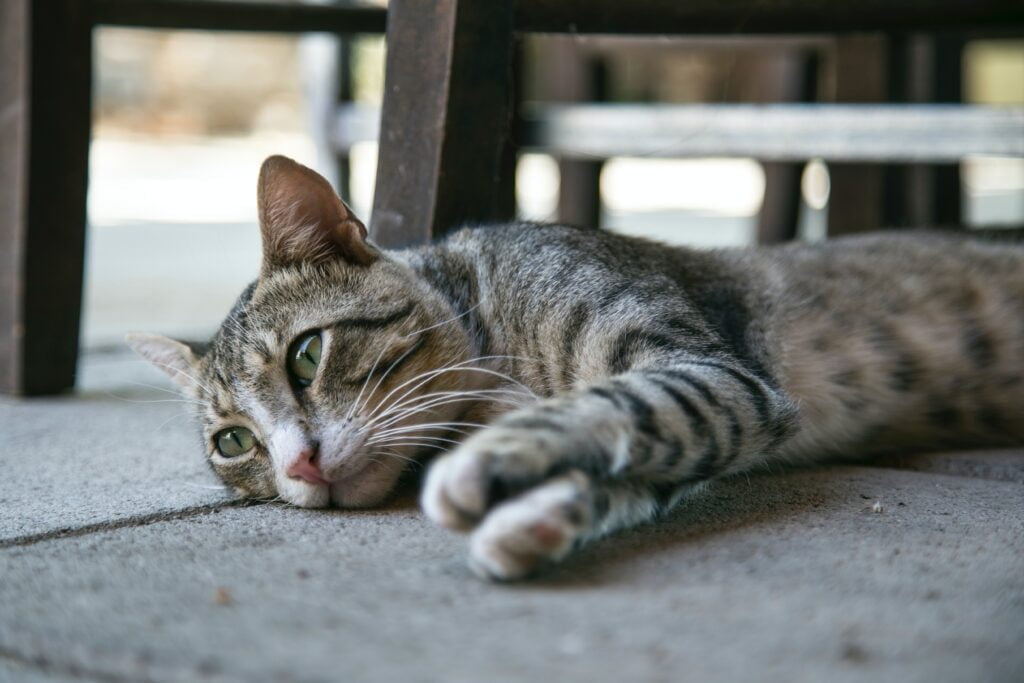
Fear of abandonment isn’t exclusive to our canine counterparts. Cats, too, experience the pangs of separation anxiety. When your feline companion clings to you as if their very existence depends on it, there’s more than meets the eye.
Their excessive attachment could be their armor against the impending dread of solitude. Clingy behavior becomes their lifeline, a coping mechanism to ward off the unease of being left alone in a world that’s far from their comfort zone.
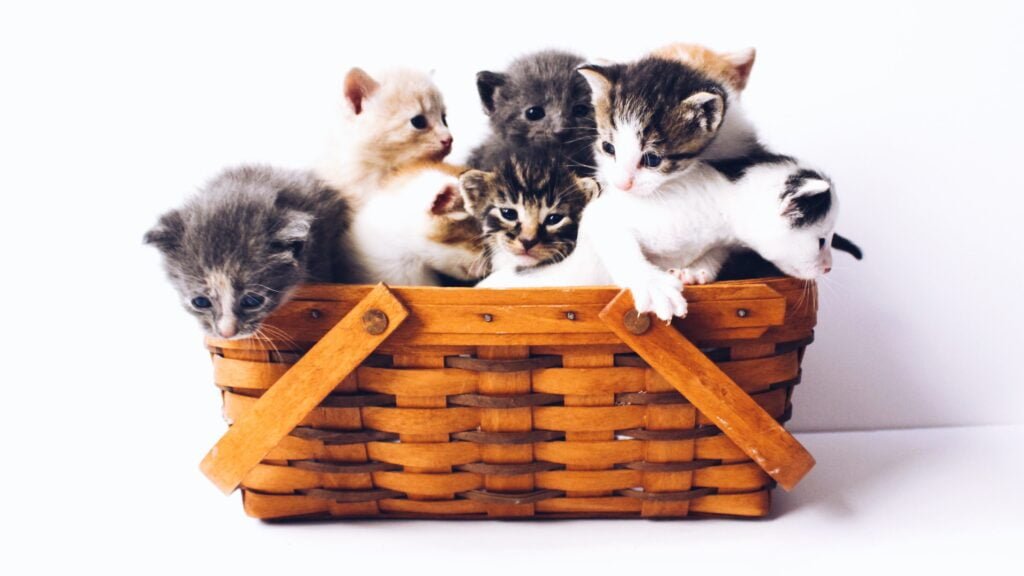
As we traverse the diverse landscape of feline breeds, we encounter personalities as varied as the shades of the setting sun. Some breeds, like the Ragdolls, Siamese, Burmese, Tonkinese, Maine Coons, and Sphynx, wear their affectionate nature like a badge of honor.
Still, remember that within any breed, individual personalities carve distinct paths. Some cats are predisposed to clinginess, embracing it as part of their innate identity, while others maintain a more elusive aura.
Guiding the Way: Managing Clingy Cat Behavior
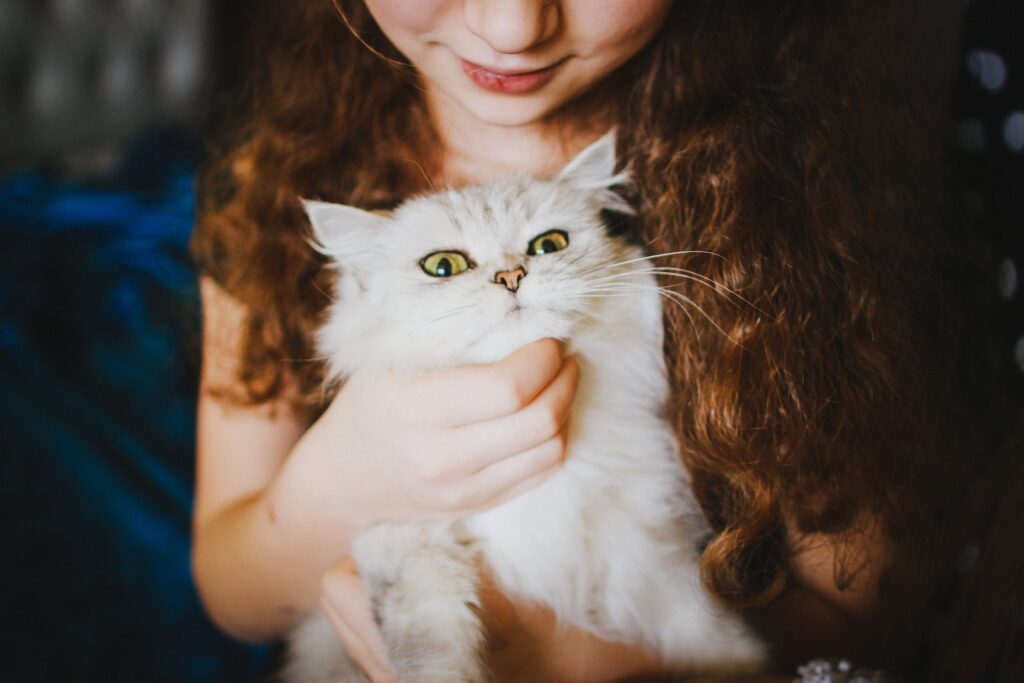
Understanding the ‘why’ behind your cat’s clingy nature is the initial step. Navigating their behavior calls for a blend of patience, interaction, and the creation of an environment that honors their unique personality.
- Balancing Attention: While it’s important to cater to your cat’s need for attention, striking a balance is key. Set aside specific times for interactive play and cuddles, which can help satisfy their craving for companionship. Gradually extend these sessions to give your cat a predictable routine.
- Enriching Environment: Provide your cat with a stimulating environment to keep them engaged. Interactive toys, scratching posts, and puzzle feeders can occupy their attention when you’re not around. This can help prevent them from becoming overly reliant on your presence for entertainment.
- Creating Safe Spaces: Designate cozy spots in your home where your cat can retreat to when they need some alone time. Cats value their personal space, and having a quiet sanctuary can help reduce their clingy tendencies.
- Regular Exercise: Engaging your cat in physical activities not only promotes their overall health but also curbs restlessness and anxiety. Play sessions that mimic hunting behaviors can be mentally and physically stimulating.
- Positive Reinforcement: Reward your cat for independent behavior. When they choose to explore or relax on their own, offer treats or praise. This reinforces their confidence and helps them understand that being alone is not only acceptable but also rewarding.
- Consulting a Professional: If your cat’s clinginess becomes excessive or starts interfering with their well-being, consulting a veterinarian or animal behaviorist is advisable. They can offer personalized advice and strategies to address the behavior.
Conclusion
Owning a clingy cat unfurls a tapestry rich with heartwarming nuances and occasional challenges. Peel back the layers of behavior, and you’ll discover a creature that is equal parts mystery and authenticity. Whether they seek to forge an unbreakable bond, find comfort in your presence, or bask in the radiance of human companionship, your clingy cat is revealing their individuality.
In the delicate dance between nurturing their affection and honoring their independence, a symphony of harmony is composed. With patience as your guide, understanding as your compass, and creativity as your brush, you’re poised to craft an environment where both you and your clingy companion can thrive, united in perfect harmony.
Also Read: The Dog Food Dilemma: 25 Common Questions Answered
Well, what do you think about the article?
Did you enjoy reading “Clingy Cat Code: 6 Efficient Tips in Decoding Feline Behavior“? If so, please comment down below. We would love to hear your thoughts about this blog.
To see more content like this check the others section of Money For My Beer.

Lara is a freelance content writer and a cat mom to three furbabies, Mizu, Haru and Sora.
She graduated with a Bachelor’s Degree in Architecture and is a registered and licensed Architect. Aside from writing, she is fond of growing cacti and succulents and is a DIY type of girl.
During her free time, she engages herself in water-colouring and crocheting, while catching-up with an old tv series she just discovered. Lara loves to explore new places, but most of the time stays in her hometown province, reading historical romance novels over a cup of coffee – or matcha.

